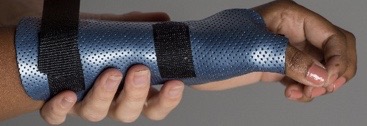Splinting interventions for hands can benefit the elderly patient by protecting sore and inflamed joints, providing stability and support, correcting and/ or preventing contractures and offering relief from pain. Splinting materials used in the elderly are comfortable, breathable and supportive without adding additional weight to the injured or painful joints.
The Occupational Therapist will assess each patient’s physical and cognitive status together with their ability to perform independent activities of daily living (ADL’s). Before providing a hand splint, the Occupational Therapist will also consider what the specific goals of splinting intervention are for the individual, and how they might help the individual continue to maintain independent functioning.
Examples of hand splints that might benefit an elderly patient include:
1. CMC splint for a patient with basal joint osteoarthritis:
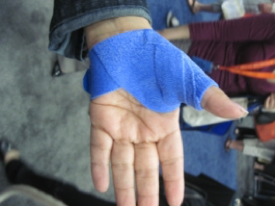
2.Thumb MP stabilisation splint for a patient with subluxation of this joint
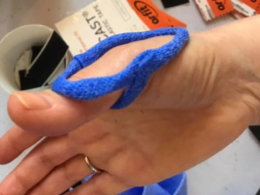
3. Trigger finger splint to block MCP joint flexion for a patient with flexor tenosynovitis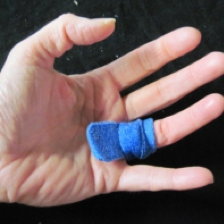
4.Anti-swan neck splints for patients with hyperextension of the PIP joints due to arthritis or injury.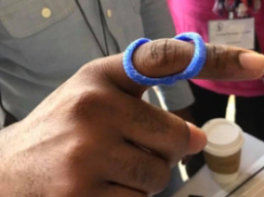
5. Finger and/ or wrist splints that immobilise painful joints due to arthritic conditions.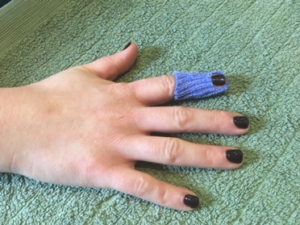
6.Splints that protect and support injured bones, ligaments or tendons.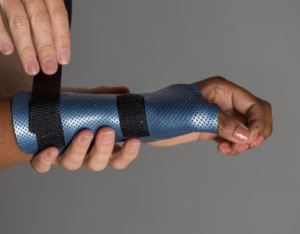
Reference Riley MA, Lohman H. (2015). Orthotic intervention for Older Adults. In Coppard BM, Lohman H. (Eds). Orthotics: A Clinical Reasoning and Problem solving Approach. 4th Ed. (pp. 346 – 365). St Louis, Mo. Elsevier Mosby.

